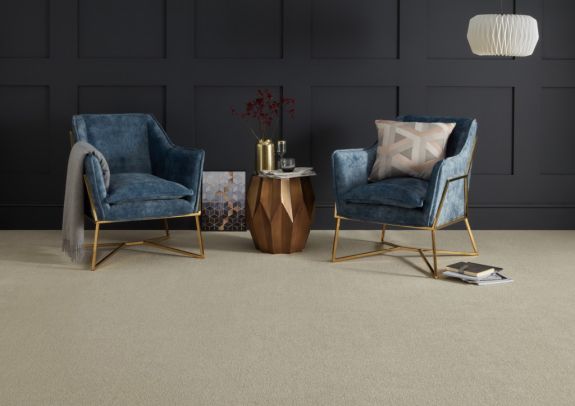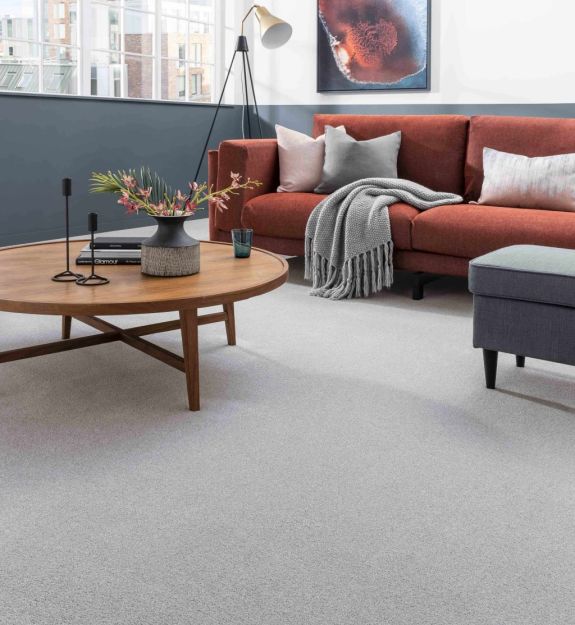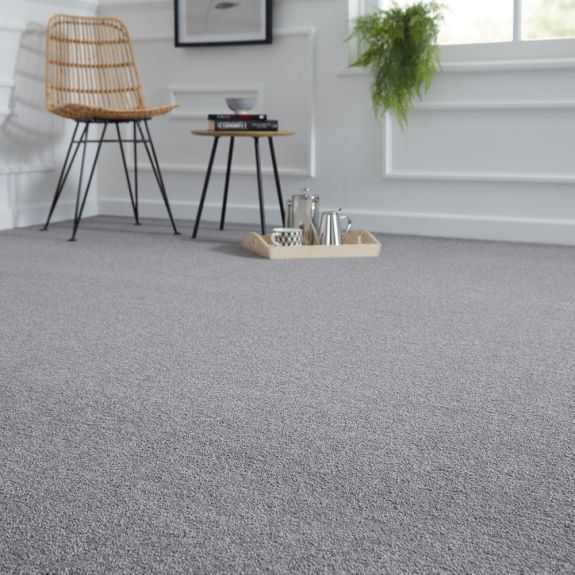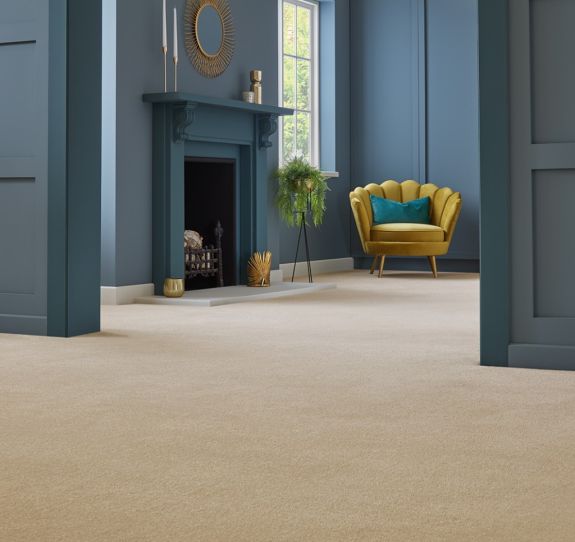How to install a stair runner
-
Prepare your stairs
Give your stairs a good clean and maybe a fresh lick of paint if you want to keep them looking fresh – it’s also a good time to tidy up or refinish your stairs if they’re wooden too. It’s best to do all of your painting before you install the carpet runner.
-
Mark your measurements
Deduct the desired width of your runner from the width of your stairs and divide it by two to give you the exact gap you’ll leave on either side of the runner. Use these measurements to mark the centre of your stairs with painter’s tape.
Optional: Cut and add carpet padding
Your stair runner may come with padding added on, but if you’re adding padding or underlay, staple the padding using a staple gun onto your stairs – remember you only need the padding for the tread and nose, as no one will step on the riser! Make sure to cut your padding shorter in width than your stir runner, so that you can’t see any poking out the sides when your runner is on top. You’ll find some professional fitters install underlay even on the riser.
-
Staple from the top down
Starting from the top of the stairs where you want the runner to end (most commonly this is under the nose of the last step) staple the end of your runner to the stairs. Start in the middle and work your way out to either edge.
Then, use your carpet tucker to ensure the carpet is pushed into the corner where the riser meets the tread of the next step down – this will give it a neat edge. Add more staples here to keep it in place. If you have a nose on your stairs, you can either choose to let the stair runner fall past it to the next tread, or you can bolster around the nose and staple this in place too.
-
Repeat for each step
Continue this process down your stairs, ensuring that if you have to join two stair runners together, folding the unfinished edges underneath and stapling along the fold.
-
Secure the bottom with staples
Cut off any excess material and tuck the unfinished edge underneath before you staple the final edge into place just above your trim.
-
Tack the edges with headless nails
Now you can go up the edges of the stair runner with headless nails to ensure that the edges don’t move too.
Optional: add stair rods
A final and optional step is to add in decorative stair rods – these sit along the bottom of the rise and ensure that your carpet doesn’t move away from the neat tuck you’ve made.












































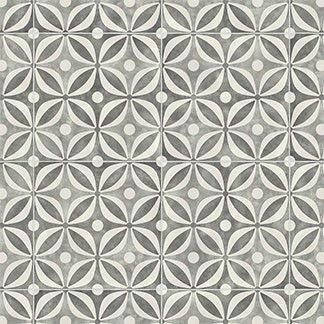
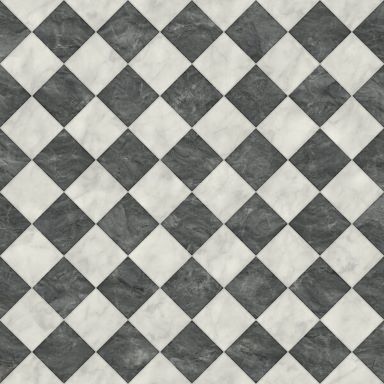

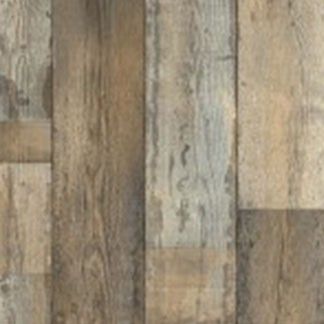











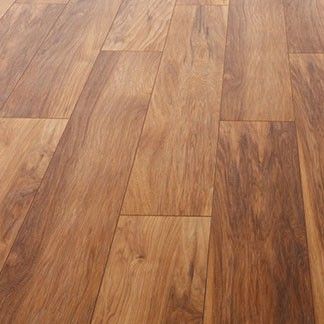
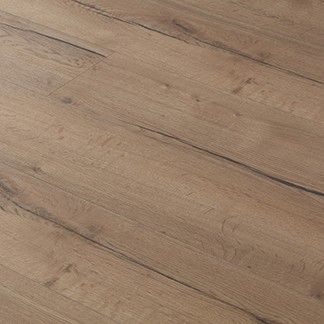


















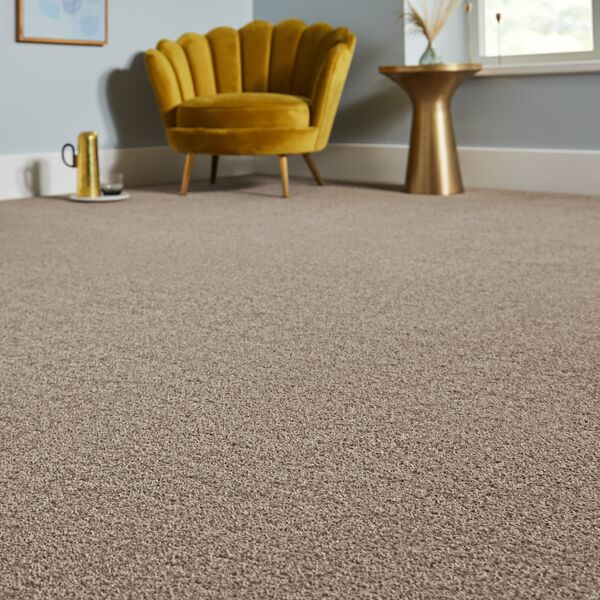
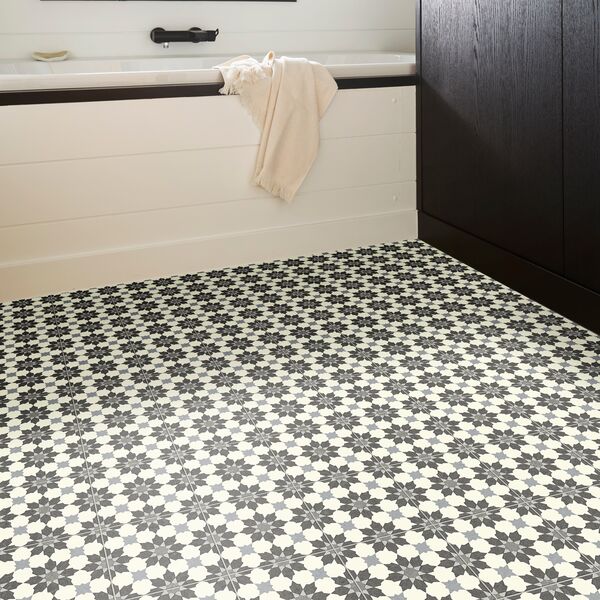
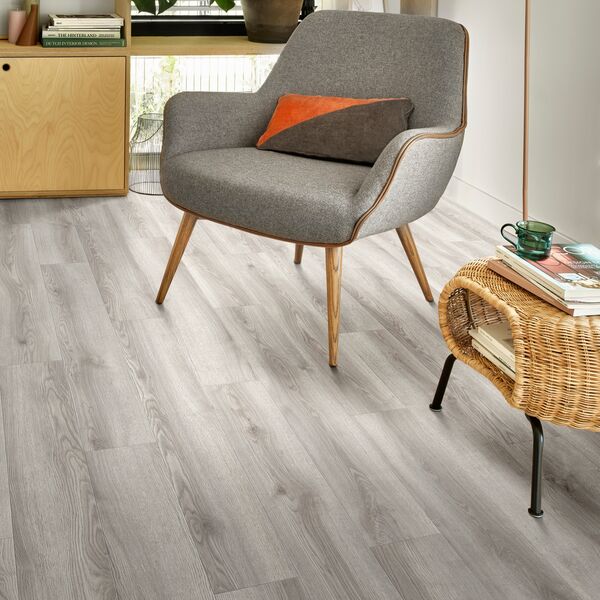

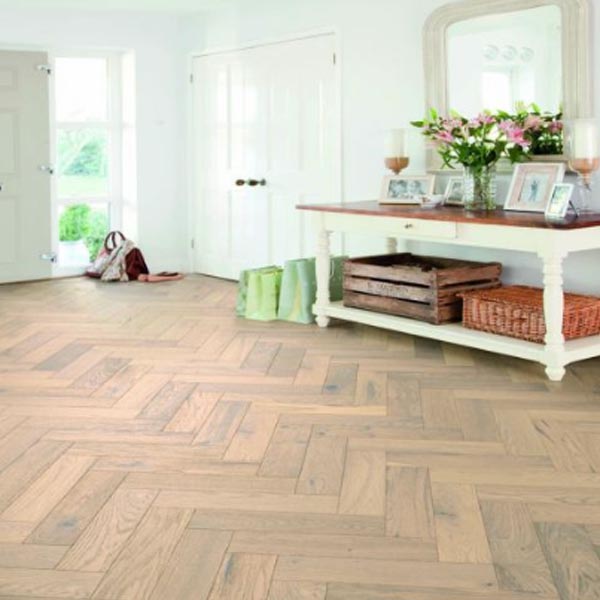











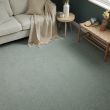

















-250.jpg)






-250.jpg)
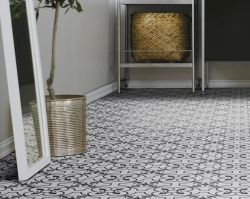

-250.jpg)

 copy-250.jpg)








-250.jpg)
 - Article Image (not header)-250.jpg)
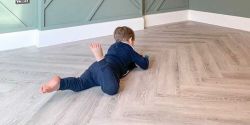
-250.jpg)

-250.jpg)




